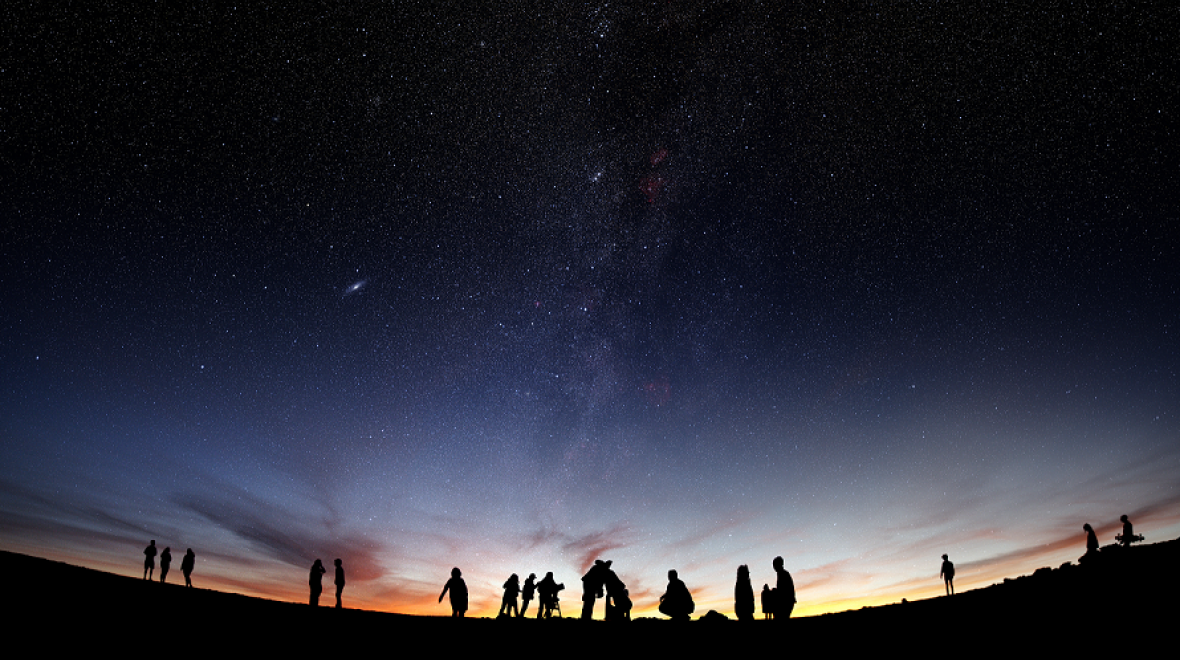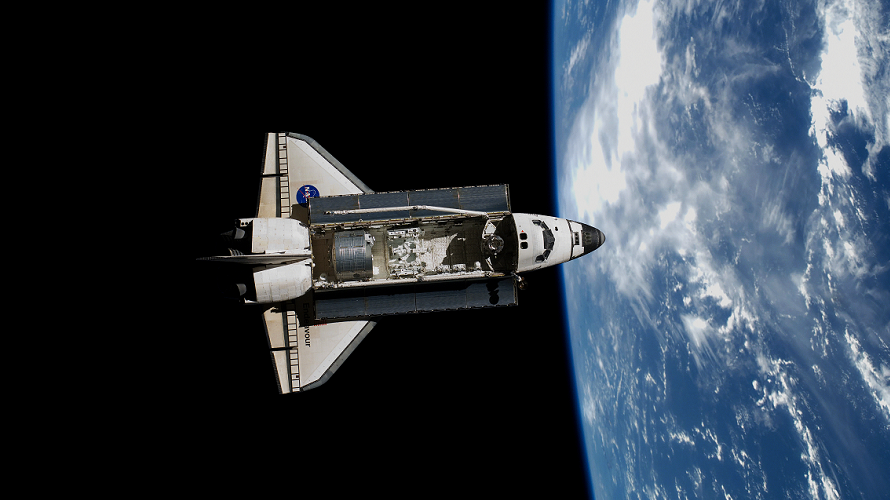
Photo:
2016 December Media
Want more family fun?
Join ParentMap eNews for a weekly round-up of the hottest adventures around the Sound!
Hello? Is anybody out there? In 1977, astronomer Carl Sagan kicked off the search for life on other planets by attaching audio time capsules to the Voyager space probe. He sent messages about life on earth to unknown aliens, hoping to make contact. We are still awaiting a reply today.
In the 40 years these messages have been travelling through interstellar space, the search for alien life has continued, as explored in the “The Search for Life in Space,” a 32-minute-long 3-D IMAX documentary that recently opened at Seattle's Pacific Science Center.
In the film, we learn about astronomer and astrobiologist Lisa Kaltenegger, founder and director of the Carl Sagan Institute, who identified the unique “spectral signature” given off when light penetrates the atmosphere of a planet that contains the critical ingredients for life. Using technology that Carl Sagan could only have dreamed of back in 1977, Kaltenegger and her colleagues can examine thousands of previously undiscovered planets in search of that special spectral signature most that indicates the possibility of alien life.
Alternating between illustrations of the unusual ways organisms have developed in hostile environments right here on Earth on the Hawaiian Islands, and examples of locations in outer space that can provide the critical elements of life despite significant challenges, the film simultaneously inspires wonder that life exists at all, and certainty that it must also exist elsewhere.

As always, the 3-D IMAX experience threatens to overwhelm science with spectacle. Scenes involving Kaltenegger and others in mundane environments looked slightly distorted, but were more than made up for by incredibly sharp imagery. Underwater photography looked remarkably clear — far more clear than what you'd see through goggles on a swim. And awe-inspiring images of deep space made the stars seem to twinkle all around us. During the film, my 8-year-old reached out to block a moon from hitting her on the forehead.
Parents should know
If marveling at the photography is a distraction from the information provided, it is also a draw. My 13-year-old pouted about being made to watch a documentary until she learned it was 3-D. Afterward, she mused on the potential ethical quandaries of contacting alien races. How would we make friends with aliens if we can't even make peace on our own planet?
My 75-year-old mother was worried for a different reason – she had never seen a 3-D movie before, and modern video games give her motion sickness — but she had no trouble at all with the slow camera pans of “The Search for Life in Space.” She and I both enjoyed the narration by actor Malcolm McDowell, and appreciated that the volume was not as painfully loud as in many movie theaters. (Even so, a sign near the entrance offers earplugs on request.)
Explanations of spectral analysis were too much for my 8-year-old, but she was fascinated by the images of distant planets and the facts that scientists were able to discern about them from photography alone. This led to questions that gave me a second chance to explain the central scientific lessons of the short film.
In an era when politicians are cutting educational budgets and gaining political capital by denying science, a film that gets kids asking questions about science is something to celebrate. As a parent and a citizen of the universe, I’m grateful for anything that will make science cool again.
If you go...Where: Pacific Science Center's IMAX Theaters, 200 Second Ave. N., Seattle. Arrive by transit or pay for garage or street parking. When: "The Search for Life in Space" plays multiple times per week through Feb. 1, 2018. Check the schedule online for show times. Cost: Tickets cost $10.75 for adults, $8.75 for youth ages 6–15 and $6.75 for children ages 3–5. Note that IMAX tickets do not include admission to Pacific Science Center exhibits. Pacific Science Center members get free IMAX movie tickets. Tips:
More starry opportunities: Check out our guide to stargazing in the city! |











